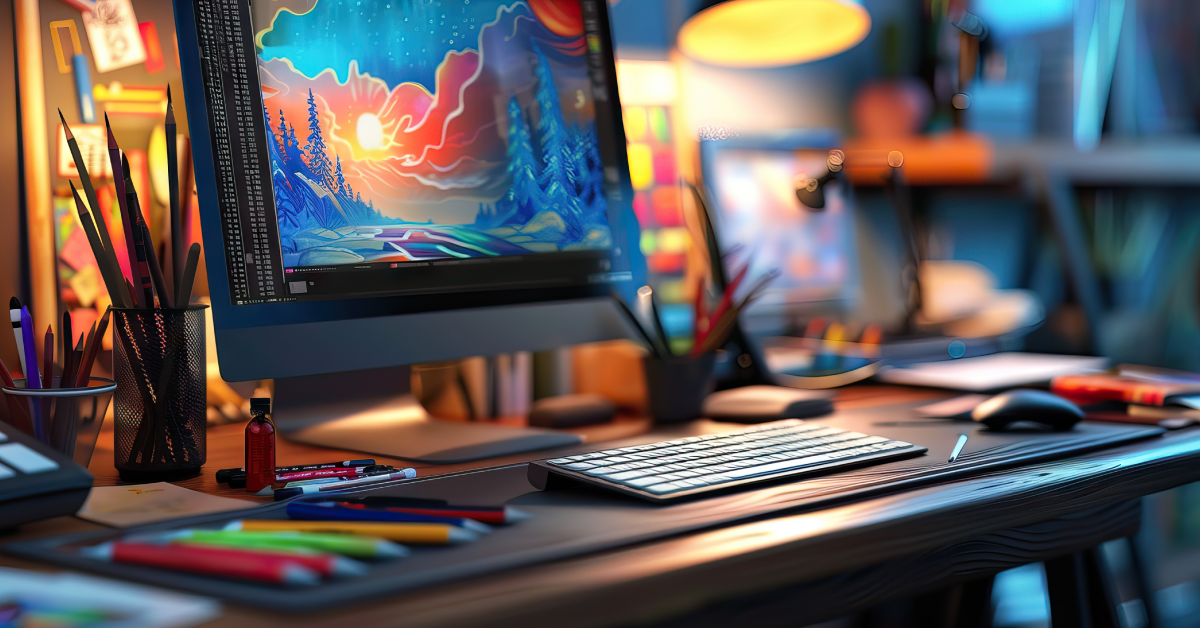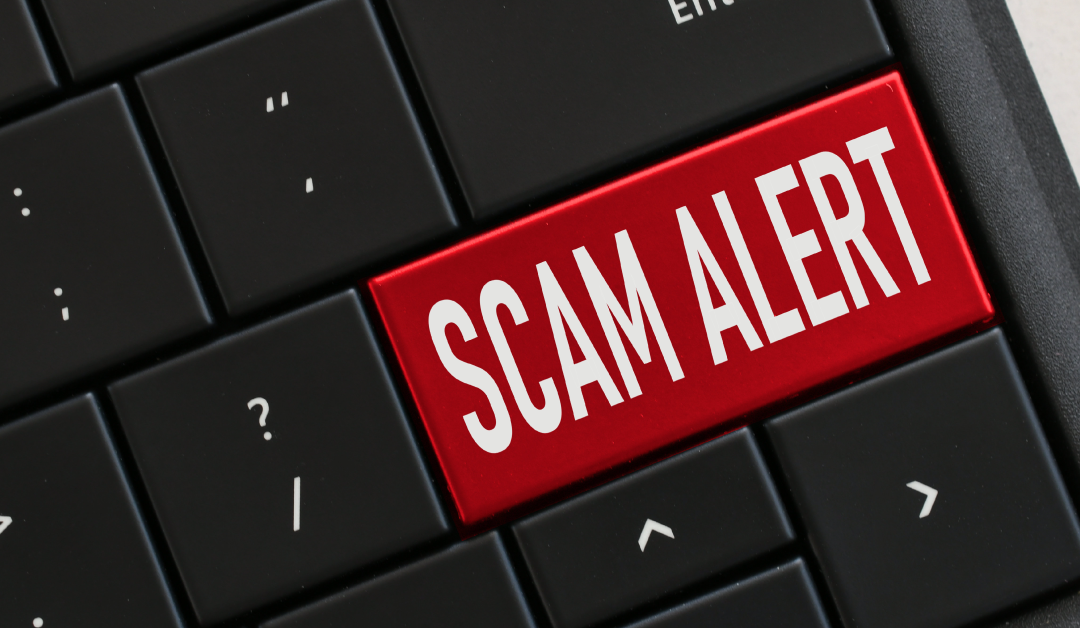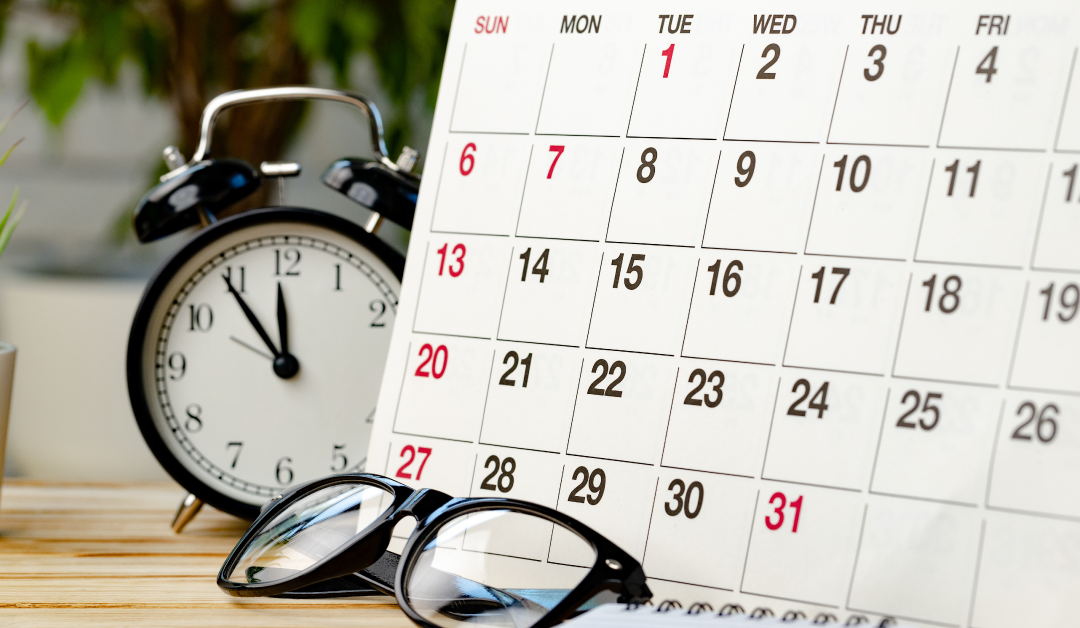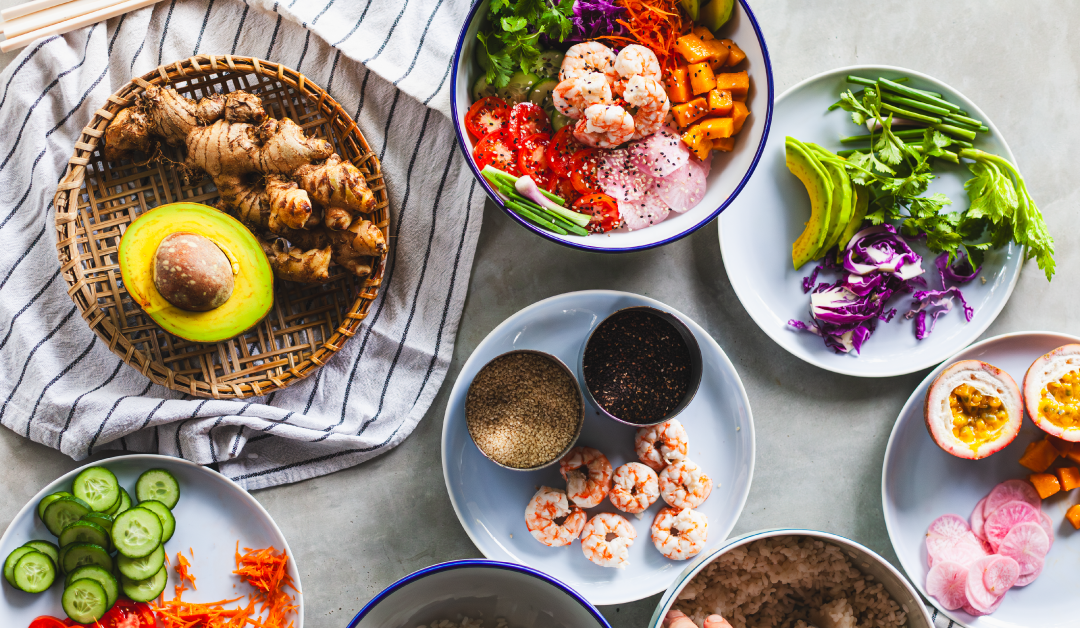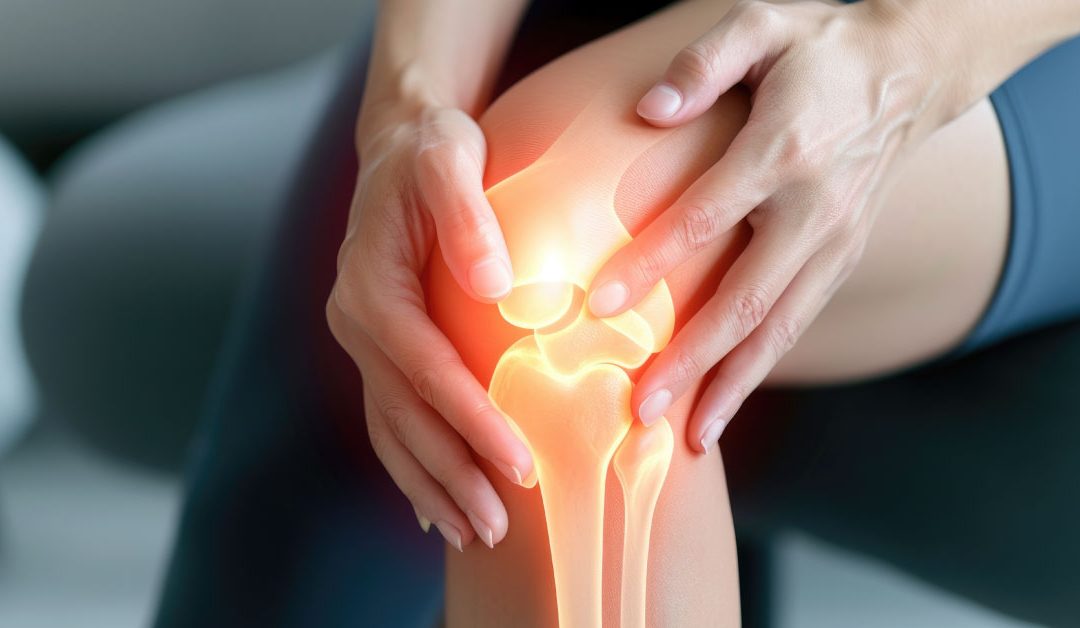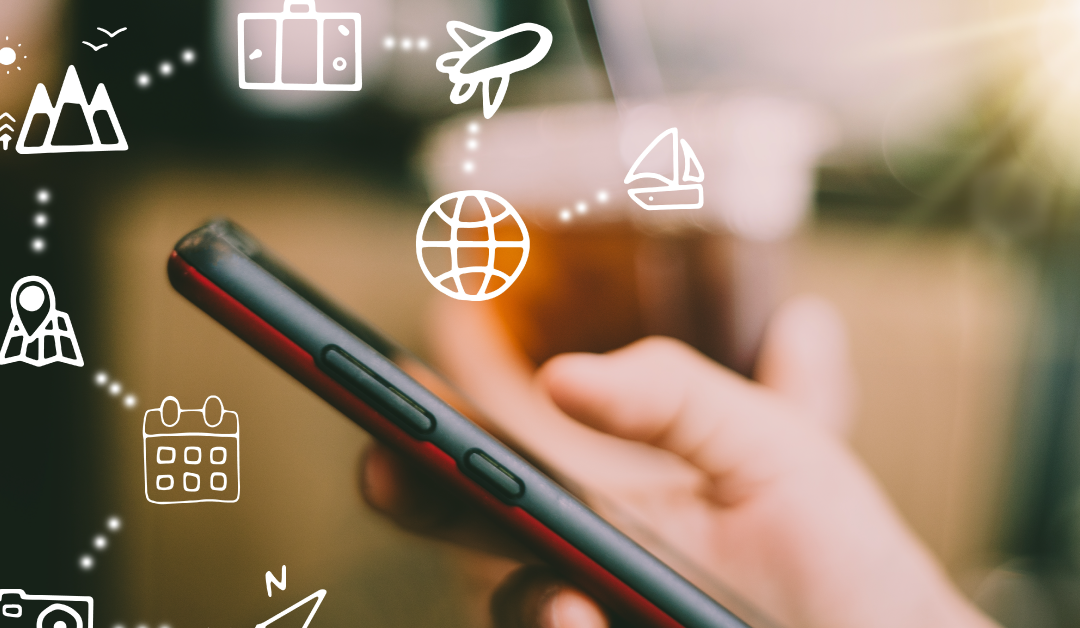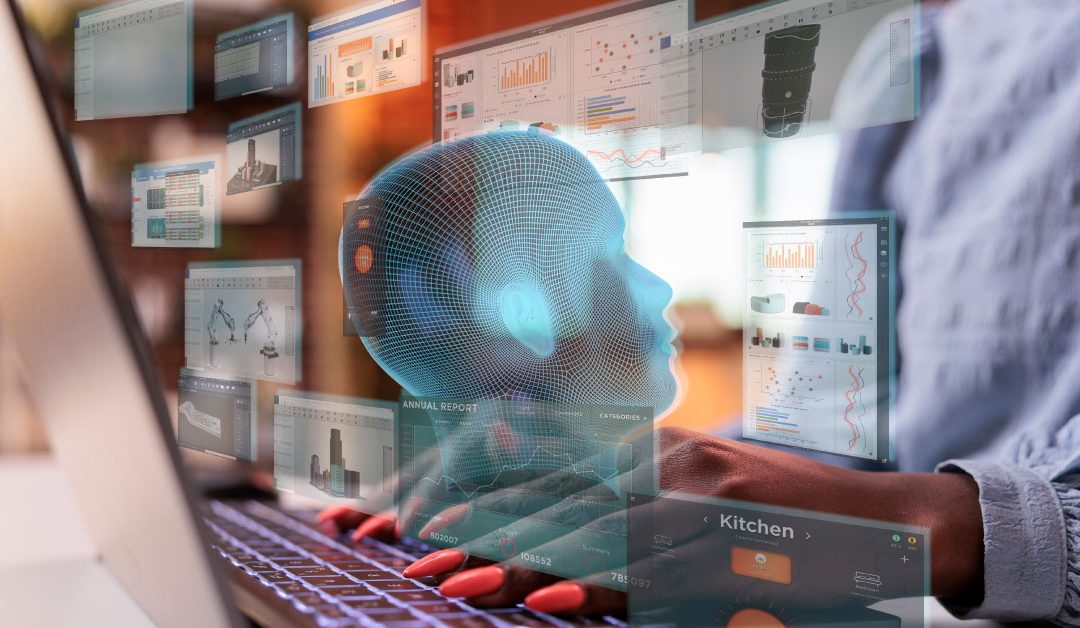In today’s rapidly evolving digital age, the intersection of art and technology has become a dynamic and transformative space. Digital tools have revolutionized the way artists create, share, and experience art, opening up new avenues for innovation and expression. From digital painting and 3D modeling to virtual reality experiences, technology is pushing the boundaries of traditional artistic methods and enabling unprecedented forms of creativity. As we delve into this intersection, it becomes clear that the fusion of art and technology is not just enhancing artistic practices but also democratizing access to artistic tools, fostering global collaboration, and sparking important conversations about authenticity and ethics in the digital realm.
This article explores how digital tools are reshaping modern creativity, starting with the evolution of these tools and their impact on artistic techniques. We’ll examine the new possibilities they unlock, the collaborative and community-building aspects they foster, and how they make art more accessible to diverse creators. Finally, we’ll address the challenges and controversies that arise from this digital transformation, considering both the opportunities and the ethical dilemmas it presents. Join us as we navigate the exciting and complex landscape where art meets technology.
Transforming Traditional Techniques
The advent of digital art tools has significantly transformed the landscape of artistic creation, making it more versatile and accessible than ever before. Over the past few decades, innovations in software and hardware have empowered artists to push the boundaries of their creativity. According to a 2022 report by the Arts Council England, 68% of artists now use digital tools as part of their creative process, a stark increase from just 32% in 2010. Tools like Adobe Creative Suite, Procreate, and various 3D modeling software have not only streamlined traditional techniques but also introduced entirely new methods for creating art. Tablets equipped with styluses have become the modern-day canvas and brush, allowing for precision and flexibility that were previously unimaginable.
Moreover, these digital tools have democratized the art world by lowering the barriers to entry. High-quality art creation is no longer confined to those with access to expensive materials and studio space. A study by Statista in 2023 revealed that 75% of emerging artists cited affordable digital tools as a significant factor in their ability to pursue a career in art. This accessibility has led to a surge in diverse voices and styles within the art community, enriching the cultural tapestry with new perspectives and innovations. As digital tools continue to evolve, they will undoubtedly further reshape the artistic landscape, blending traditional techniques with cutting-edge technology to create a vibrant and dynamic future for art.
Exploring New Frontiers with Digital Tools
Digital tools have unleashed a wave of innovation in art creation, enabling artists to explore new frontiers and redefine the boundaries of artistic expression. The rise of digital painting, 3D modeling, and virtual reality (VR) art are prime examples of how technology has introduced entirely new artistic mediums. According to a 2023 survey by the International Digital Arts Society, 60% of professional artists reported incorporating digital tools into their practice to experiment with new forms and techniques. Digital painting software, for instance, allows for an infinite variety of brushes, textures, and colors, enabling artists to create intricate and detailed works without the limitations of physical media. Similarly, 3D modeling has opened up possibilities for sculptors and designers to create detailed and interactive models, expanding the scope of their creative projects.
The integration of technology in art has also led to the creation of hybrid works that blur the lines between different art forms. For example, augmented reality (AR) and VR technologies are being used to create immersive art experiences that engage audiences in entirely new ways. A report by PwC in 2022 estimated that the VR and AR market in the arts is projected to grow by 30% annually, highlighting the increasing interest and investment in these innovative mediums. These technologies allow artists to create dynamic, interactive installations that can be experienced in both physical and virtual spaces. This blending of physical and digital art forms not only broadens the artistic possibilities but also provides audiences with novel and engaging ways to experience art. As technology continues to advance, the potential for artistic innovation will only expand, offering exciting new avenues for creative exploration and expression.
How Digital Tools Foster Artistic Connections
Digital tools have revolutionized the way artists collaborate and connect, fostering a vibrant global community of creatives. Platforms like Behance, DeviantArt, and Instagram have become essential spaces for artists to share their work, gain feedback, and engage with a diverse audience. According to a 2022 survey by Adobe, 72% of digital artists reported that online platforms significantly enhance their ability to collaborate with other artists worldwide. These platforms not only provide a venue for showcasing art but also facilitate real-time collaboration through cloud-based tools, allowing artists to work together on projects regardless of geographic location.
Moreover, digital communities have democratized the art world by creating inclusive spaces where artists of all backgrounds can participate and thrive. Social media and online forums have enabled emerging artists to build their networks and gain exposure without the traditional gatekeepers of galleries and art institutions. A 2023 report by Hootsuite revealed that 85% of artists use social media to promote their work, and 67% have successfully gained commissions or sales through these platforms. These online communities offer support, inspiration, and opportunities for collaboration, fostering a sense of belonging and mutual growth. By breaking down barriers and connecting artists globally, digital tools are not only enhancing artistic collaboration but also enriching the cultural landscape with a diverse array of voices and perspectives.
Accessibility and Democratization
The rise of digital tools has significantly lowered the barriers to entry in the art world, making it more accessible and democratic. Affordable and user-friendly software and hardware have enabled a wider range of individuals to explore and develop their artistic talents. According to a 2023 survey by CreativeBloq, 78% of emerging artists stated that access to digital tools was crucial in their decision to pursue art professionally. Programs like Procreate, Adobe Fresco, and free platforms like GIMP provide powerful capabilities without the need for expensive traditional materials or studio space, allowing more people to create high-quality art from the comfort of their homes.
This increased accessibility has also transformed how art is distributed and consumed. The internet has become a vast gallery space where artists can share their work with a global audience. Platforms like Etsy, Redbubble, and Society6 have enabled artists to sell their creations directly to consumers, bypassing traditional gatekeepers like galleries and art dealers. According to a 2022 report by Statista, online art sales reached $6.8 billion, reflecting the growing trend of digital art distribution. This democratization of art not only provides artists with new revenue streams but also allows for a more diverse array of voices and styles to be represented in the art world. As digital tools continue to evolve, they will further enhance accessibility, ensuring that artistic creation and appreciation remain open to all.
Navigating the Ethical Landscape of Digital Art
As digital tools revolutionize the art world, they also bring about significant challenges and controversies, particularly concerning authenticity and ethics. The ease with which digital art can be copied, shared, and modified raises questions about originality and ownership. A 2022 survey by Art Market Research found that 62% of digital artists were concerned about the unauthorized use of their work. This issue is compounded by the proliferation of platforms where digital art can be easily downloaded and redistributed without proper attribution or compensation to the original artist. Ensuring the protection of intellectual property rights in the digital realm remains a complex and ongoing challenge.
Additionally, the rise of AI-generated art has sparked intense debates within the art community about the nature of creativity and the role of human artists. AI tools like DeepArt and DALL-E can create artworks that are often indistinguishable from those made by humans, leading to concerns about the devaluation of human creativity. A 2023 report by the International Association of Art Critics highlighted that 55% of artists feel that AI-generated art could threaten their livelihood. Moreover, ethical considerations around the use of AI in art, such as biases in AI training data and the potential for misuse, further complicate the landscape. As digital art continues to evolve, it is crucial for artists, technologists, and policymakers to address these ethical dilemmas, ensuring that the digital transformation of the art world proceeds in a manner that respects and protects the rights and contributions of human creators.
Embracing the Future of Art
As we have seen, digital tools are fundamentally transforming the art world, offering unprecedented opportunities for innovation, collaboration, and accessibility. From enhancing traditional techniques to enabling the creation of entirely new art forms, technology is pushing the boundaries of what is possible in the realm of artistic expression. The integration of digital tools has not only democratized art, allowing more people to participate and thrive, but has also fostered a global community where artists can connect, collaborate, and inspire each other. These advancements are enriching the cultural landscape with diverse voices and perspectives, making art more dynamic and inclusive.
However, this digital revolution also brings with it significant challenges and ethical considerations. Issues of authenticity, ownership, and the impact of AI-generated art on human creativity are crucial discussions that need to be addressed as we navigate this new landscape. By embracing the potential of digital tools while being mindful of these challenges, artists, technologists, and policymakers can work together to ensure a future where art continues to evolve and flourish. The intersection of art and technology is a testament to the limitless possibilities of human creativity, and as we move forward, it is essential to strike a balance that respects and celebrates the contributions of all creators.


